
Table of Contents
Have you spent years trying different hair oils without seeing results? You’re not alone. Most people don’t realize that effective oiling isn’t about following trends – it’s about understanding your hair’s unique porosity. This comprehensive guide will transform how you care for your hair.
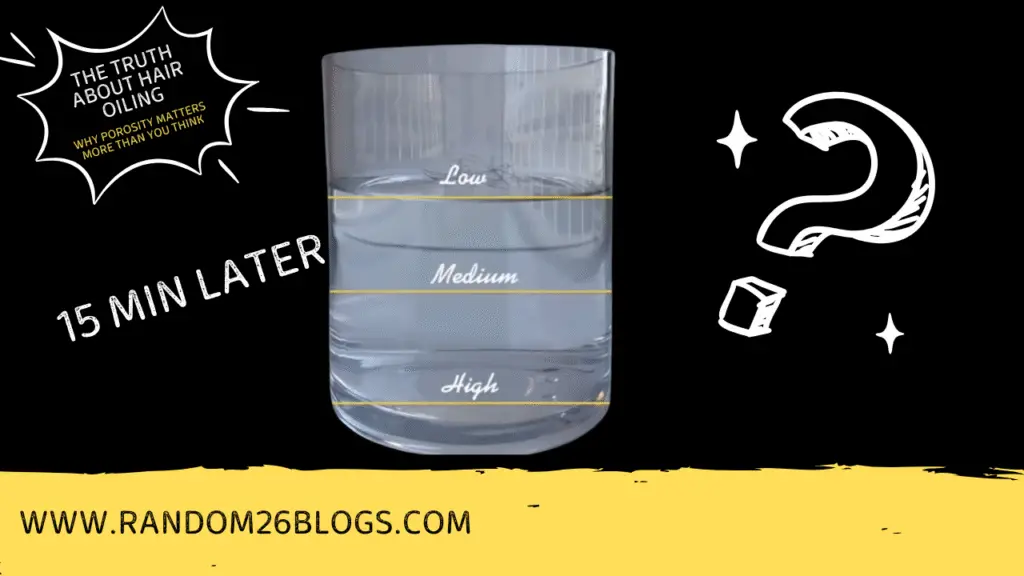
Understanding Hair Porosity: The Science Behind Moisture Absorption
Hair porosity refers to your strands’ ability to absorb and retain moisture. This characteristic is determined by the structure of your hair cuticles – the protective outer layer of each strand. There are three main porosity types:
- Low Porosity Hair
- Cuticles lay flat and tightly packed
- Resists moisture absorption
- Prone to product buildup
- Often takes longer to dry
- Medium Porosity Hair
- Cuticles are slightly raised
- Maintains ideal moisture balance
- Most versatile for styling
- Generally healthy and shiny
- High Porosity Hair
- Cuticles are widely spaced
- Absorbs moisture quickly but loses it fast
- Often feels dry and frizzy
- May result from damage or genetics
The 5-Minute Porosity Test You Can Do at Home
Discover your hair type with this simple, accurate method:
What You’ll Need:
- Clean hair (free of products)
- Clear glass of room-temperature water
- A few strands from your comb or brush
Step-by-Step Process:
- Wash and dry your hair completely
- Take 2-3 strands from different areas of your head
- Drop them into the water glass
- Observe after 2 minutes and again at 5 minutes
Interpreting Results:
- Floating on top = Low porosity
- Suspended in middle = Medium porosity
- Sunk to bottom = High porosity
Pro Tip: Test hair from different areas as porosity can vary across your head.
The Ultimate Oiling Guide for Every Porosity Type
Low Porosity Hair Care (Moisture-Resistant)
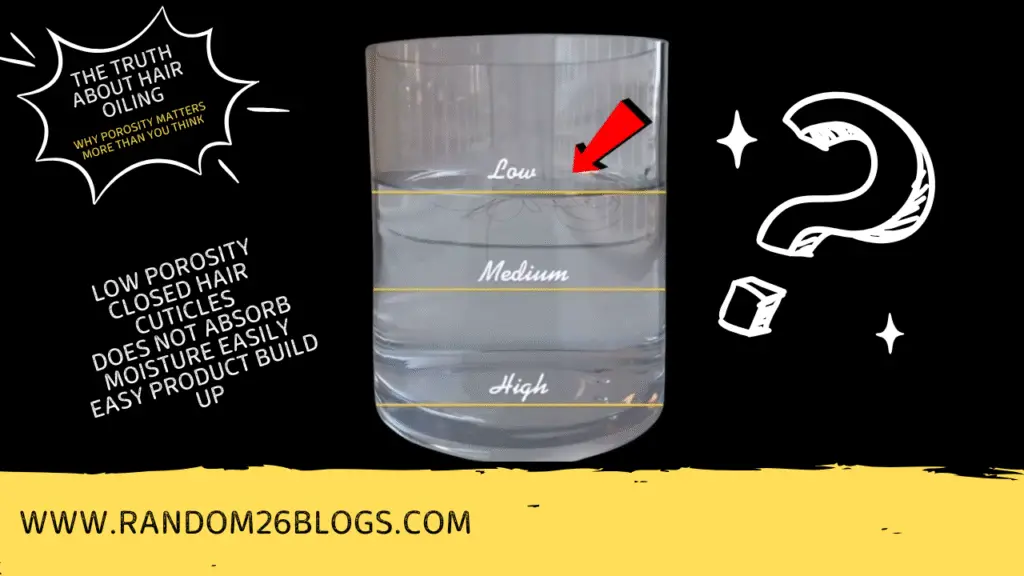
Characteristics:
- Products tend to sit on hair rather than absorb
- Prone to buildup and greasiness
- Often appears shiny but lacks moisture
Best Oils:
- Jojoba Oil – Closest to natural sebum
- Argan Oil – Lightweight and nourishing
- Grapeseed Oil – Fast-absorbing
Application Tips:
- Apply to damp hair for better absorption
- Use very small amounts (3-5 drops)
- Warm oil slightly before application
- Clarify regularly to prevent buildup
Medium Porosity Hair Care (Balanced)
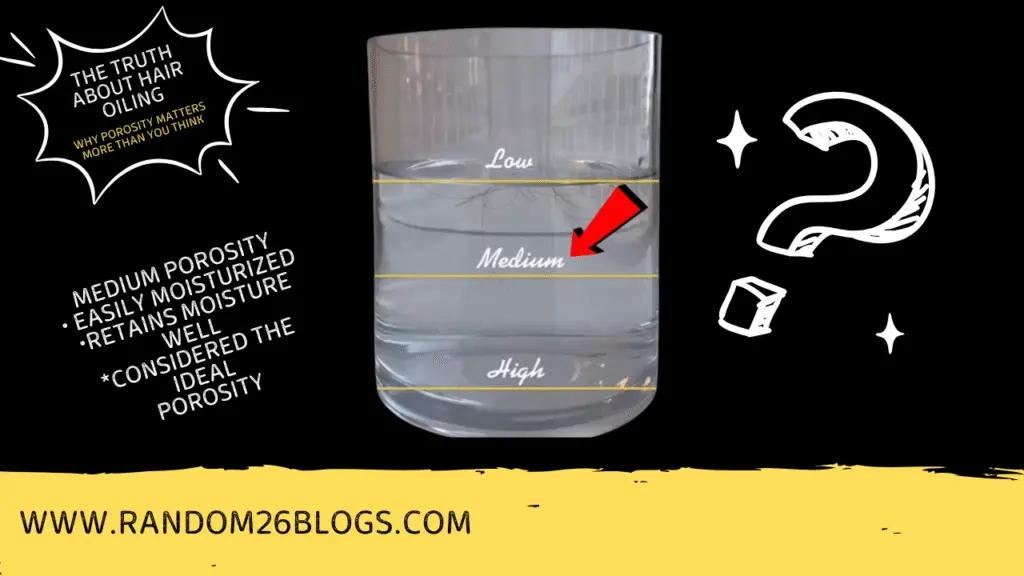
Characteristics:
- Maintains moisture well
- Most versatile hair type
- Generally healthy and manageable
Best Oils:
- Sweet Almond Oil – Rich in vitamins
- Sunflower Oil – Light yet nourishing
- Olive Oil – Great for occasional deep treatments
Application Tips:
- Oil 1-2 times weekly
- Can experiment with different blends
- Works well with most application methods
High Porosity Hair Care (Moisture-Hungry)

Characteristics:
- Absorbs products quickly
- Tends to be dry and frizzy
- Often damaged or chemically treated
Best Oils:
- Coconut Oil – Penetrates deeply
- Avocado Oil – Rich in fatty acids
- Castor Oil – Excellent sealant
Application Tips:
- Use generous amounts
- Combine with leave-in conditioners
- Seal with heavier butters after oiling
- Consider the LOC method (Liquid-Oil-Cream)
Advanced Oiling Techniques for Better Results

The Warm Oil Treatment
- Heat oil slightly (test on wrist first)
- Apply section by section
- Cover with shower cap
- Leave for 30 minutes to overnight
- Shampoo out thoroughly
The Oil Rinse Method
- Apply conditioner as usual
- Add 2-3 drops of oil to rinse water
- Final rinse with this mixture
- Don’t rinse out completely
The Pre-Poo Technique
- Apply oil before shampooing
- Leave for 15-30 minutes
- Shampoo as normal
- Helps prevent moisture loss during washing
Common Oiling Mistakes to Avoid
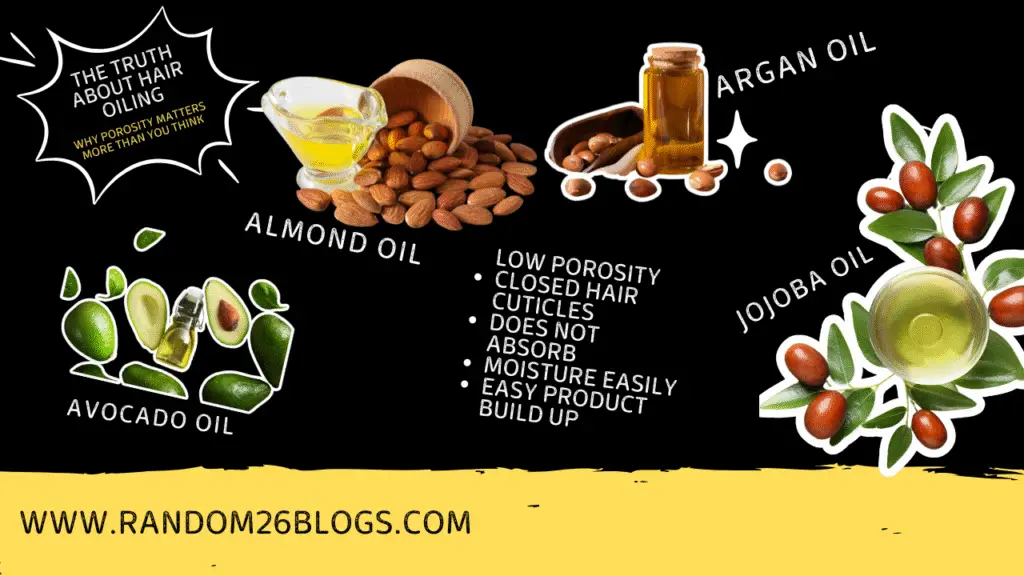
- Using Too Much Product
- Start with dime-sized amount
- You can always add more
- Applying to Dirty Hair
- Always start with clean strands
- Oil penetrates better on clean hair
- Choosing the Wrong Oil
- Match oil to your porosity
- Consider seasonal changes
- Not Washing Out Properly
- Low porosity needs thorough cleansing
- Clarify regularly
- Being Inconsistent
- Regular treatments work best
- Create a weekly schedule
Seasonal Adjustments for Optimal Care
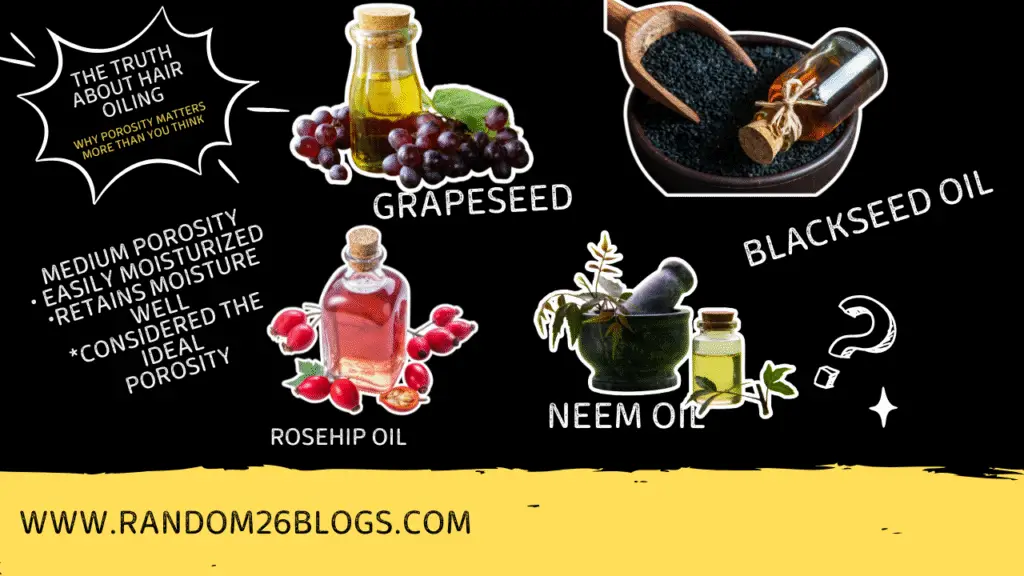
Summer Care:
- Lighter oils for humidity
- More frequent clarifying
- Focus on UV protection
Winter Care:
- Richer oil blends
- Longer treatment times
- Extra sealing for ends
DIY Oil Blends for Different Needs
For Growth:
- 2 tbsp castor oil
- 1 tbsp coconut oil
- 5 drops rosemary essential oil
For Moisture:
- 2 tbsp avocado oil
- 1 tbsp olive oil
- 5 drops lavender essential oil
For Shine:
- 2 tbsp argan oil
- 1 tbsp jojoba oil
- 5 drops ylang-ylang essential oil
Frequently Asked Questions
Q: How often should I oil my hair?
A: Low porosity: 1-2 times weekly
Medium porosity: 2-3 times weekly
High porosity: 3-4 times weekly
Q: Can I mix different oils?
A: Absolutely! Blending oils can provide multiple benefits.
Q: Should I oil my scalp or just lengths?
A: Depends on your scalp type. Oily scalps should focus on lengths.
Q: How long should I leave oil in?
A: Minimum 30 minutes, overnight for deep treatment.
Your Personalized Oiling Plan
Now that you understand porosity, you can create a customized oiling routine:
- Determine your porosity type
- Select appropriate oils
- Establish a weekly schedule
- Monitor your hair’s response
- Adjust as needed
Remember: Healthy hair starts with understanding its unique needs. What porosity did you discover? Share your experiences below!



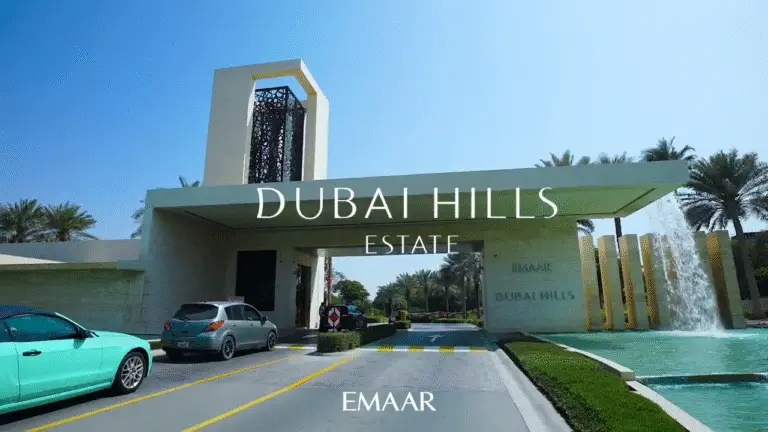

Website Scam Penipu Indonesia, WEB PHISING WEB PHISING